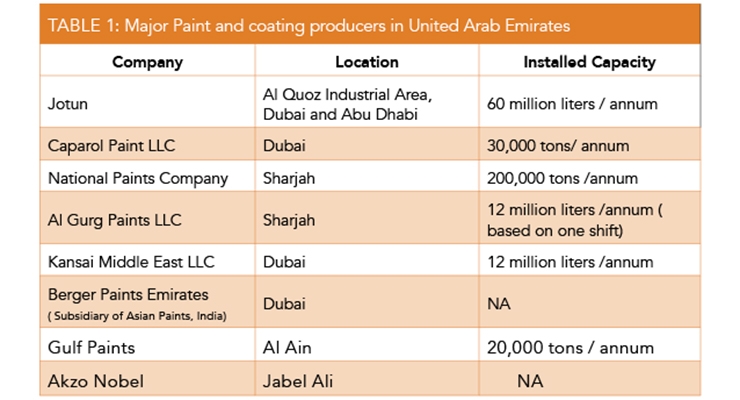Examine The Function Of Seasonal Factors In The Success Of Commercial Outside Paint And Discover The Most Effective Times To Protect Long Lasting Outcomes For Your Job
Examine The Function Of Seasonal Factors In The Success Of Commercial Outside Paint And Discover The Most Effective Times To Protect Long Lasting Outcomes For Your Job
Blog Article
Content Created By-Regan Urquhart
When you're planning an industrial exterior painting job, seasonal variables can make or break your results. You'll want to take into consideration just how temperature and moisture effect paint application and drying times. Picking related website can ensure your paint adheres properly and lasts longer. But which periods are really the best for this sort of work? Allow's explore the key elements that can impact your project's success.
The Impact of Temperature Level on Paint Application
When you're preparing an industrial outside paint job, the temperature can dramatically affect exactly how well the paint sticks and dries out.
Ideally, you want to repaint when temperatures range in between 50 ° F and 85 ° F. If it's as well chilly, the paint might not heal effectively, leading to problems like peeling off or breaking.
On the other hand, if it's also hot, the paint can dry out also promptly, avoiding proper bond and causing an irregular coating.
You need to additionally take into consideration the time of day; morning or late afternoon offers cooler temperatures, which can be much more favorable.
Constantly examine click over here for the specific paint you're making use of, as they frequently give assistance on the ideal temperature variety for optimal results.
Moisture and Its Effect on Drying Times
Temperature isn't the only environmental aspect that affects your industrial external painting job; moisture plays a substantial function as well. High moisture levels can reduce drying times dramatically, impacting the general quality of your paint job.
When the air is saturated with moisture, the paint takes longer to treat, which can lead to problems like poor bond and a higher threat of mold development. If you're painting on an especially humid day, be planned for extended delay times in between coats.
It's vital to monitor regional weather conditions and plan accordingly. Preferably, aim for moisture levels in between 40% and 70% for optimal drying.
Keeping these factors in mind guarantees your job remains on track and provides an enduring coating.
Best Seasons for Commercial Outside Painting Projects
What's the most effective time of year for your industrial external paint tasks?
Springtime and very early fall are generally your best bets. During these periods, temperatures are light, and moisture levels are commonly lower, producing excellent conditions for paint application and drying out.
Stay clear of summer season's intense heat, which can trigger paint to completely dry too promptly, causing inadequate bond and surface. In a similar way, winter season's cool temperature levels can hinder proper drying out and healing, risking the longevity of your paint task.
Go for days with temperature levels in between 50 ° F and 85 ° F for optimal results. Keep in mind to inspect the neighborhood weather prediction for rain, as wet conditions can spoil your task.
Preparation around these aspects guarantees your paint job runs efficiently and lasts longer.
Final thought
Finally, intending your industrial exterior paint jobs around seasonal factors to consider can make a considerable distinction in the end result. By organizing work throughout the excellent temperature levels and humidity levels, you'll ensure better attachment and drying times. Bear in mind to keep an eye on local weather report and choose the correct time of year-- springtime and early fall are your best options. Taking these actions will certainly help you achieve a sturdy and expert finish that lasts.
